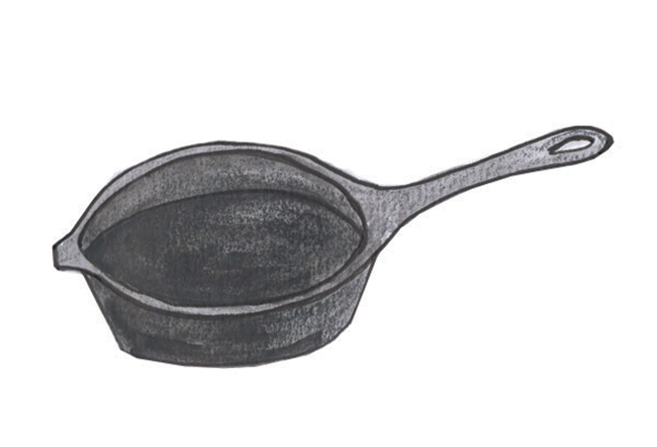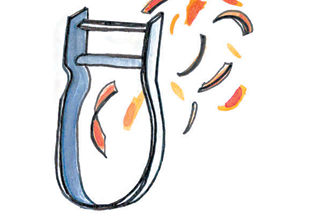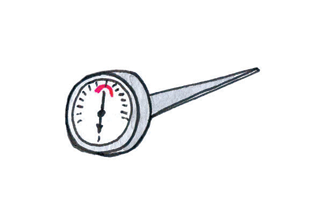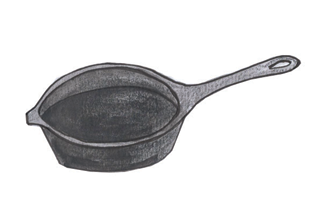A Few of My Favorite Things
As a professional chef, I have had the opportunity to work with countless kitchen gadgets and tools. The ones that mean the most to me have a few things in common: None of them is expensive; none of them needs power; they can be easily reconditioned, adjusted or replaced and, finally, each of them contributes to consistency in my fabrication and cooking of ingredients.
Garlic Press
Generally, I am not of fan of “one-trick ponies,” but here I make an exception. For years I made fun of the garlic press, and I chastised those who used them. “Why would anyone want that taking up space when you could just use a knife?” Then one day when no one was looking I used a friend’s to knock out a head’s worth of garlic cloves. My eyes were opened: They are amazing little tools that make the not-so great task of garlic chopping a little easier. I have had my own ever since. Another bonus is you do not have go through the whole cutting-board-and-knife thing to add a little garlic to a vinaigrette or a simmering sauce.
Japanese Mandoline
Similar to its French cousin, the Japanese mandoline allows for very consistent, very fast slicing. There are a couple of adjustments you can use to modify the shape and thickness of the slices. The blade is also removable and it can be sharpened. Unlike the French, the Japanese mandoline only costs about $30, it’s small enough to fit in a shallow drawer or knife bag and, most importantly, it is easy to clean and dry. I currently have two sizes in my knife bag and I use them all the time both at work and at home.
Swiss-Style Vegetable Peeler
These peelers take a little getting used to but once you are comfortable them they are the Ferrari of the peeler world. They remove very thin layers and can be used very quickly. The Swiss peeler has a horizontal blade and a short wide handle, they are also very flat (nice for storage). With that being said, the best part is the cost. These are usually less than $3, which means when they get dull you just replace them. I buy them by the half dozen online.
Five-Inch Probe Thermometer
“How do I know when ______ is done?”
This is by far the most common culinary question I am asked. Sometimes it’s steaks, or a roasted chicken, or maybe even a morning glory muffin. The answer to all of these is in the numbers! Professionals use temperature to know if something “done.” Chicken cooks to 165°, a medium-rare steak to 140° and baked goods to 200°. With a probe thermometer there is no more guessing and there is no more cutting things open to see if they are “done.” These thermometers can be easily calibrated to insure accuracy.
10-Inch Iron Skillet
If I could only have one pan the rest of my career, this would be it. I like cooking in iron because it stays hot when you put ingredients in it. The weight and thickness allow the pan to hold heat, so there is not the recovery period you experience in other types of cookware. By staying hot, the iron allows color to develop and searing to take place without cooking out all of the moisture. I can cook just about anything in a properly seasoned cast-iron skillet. Try me.









